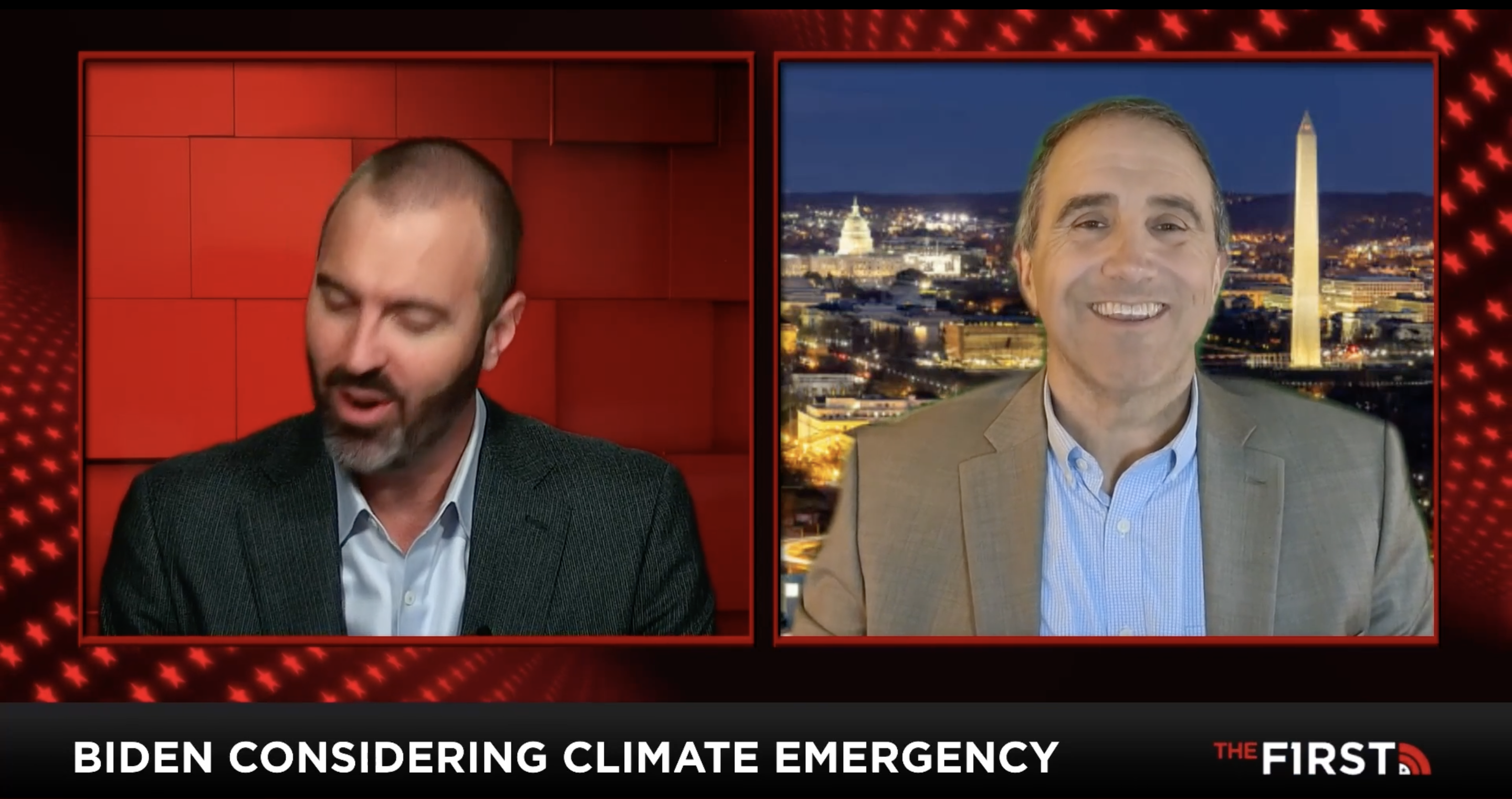About a week before Donald Trump was sworn in as president, Senator James Mountain Inhofe was preparing to step down as chairman of the Environment and Public Works Committee due to term limits. He released a report listing the committee’s accomplishments, including “disapproving of the president’s carbon regulations,” conveying that “that the science on climate change is not settled,” and joining Instagram. In an accompanying press release, he thanked 28 staffers for their “tireless efforts.” Today, approximately a quarter of those staffers work at the Environmental Protection Agency.
Under Trump, the EPA has become one of the most high-profile arms of the federal government—mostly due to the deregulatory ambition and scandals of its administrator, Scott Pruitt. But Trump didn’t make the EPA that way; Inhofe did. The Oklahoma octogenarian’s fingerprints are on everything from Trump’s selection of Pruitt to lead the agency to the recent confirmation of Deputy Administrator Andrew Wheeler, a former coal lobbyist. Alumni of Inhofe’s office fill the EPA’s top political positions, putting them in charge of implementing an agenda that’s based on an idea that Inhofe helped make mainstream: that environmental scientists, particularly climate scientists, are liars.
If any senator were to have outsized influence at Trump’s EPA, Inhofe would be the logical choice. Both he and Trump have a penchant for conspiracy theories and performative flair. Trump has long believed that human-caused climate change is a “hoax”; Inhofe literally wrote the book on that idea. Inhofe is also well-known for bringing a snowball to the Senate floor in 2015 to try to disprove global warming. “It’s very, very cold out,” he said at the time. “Very unseasonable.” It was February.
Inhofe’s provocative style served a purpose: to push for deregulating air pollutants that cause climate change. Those policies, if not the rhetoric, appealed to many conservatives. “I would credit him as being one of the leaders in looking at things in a different light than some of the environmental groups,” said David Stevenson of the Delaware-based Caesar Rodney Institute. Stevenson was a member of Trump’s EPA transition team, but never met Inhofe, who also served on that team. “He was high on the totem pole,” Stevenson told me. “Most of us were grunts going through the work.”
Several people familiar with the transition suspect that Inhofe played a key role in suggesting Pruitt, a former Oklahoma attorney general, for the role of administrator. “He’s one of my closest personal friends,” Inhofe said of Pruitt in a 2016 interviewwith E&E News. Inhofe, who is a pilot, said he flew Pruitt around Oklahoma in his plane during Pruitt’s first political race, to “places where my numbers were good. So I’ve been working with him really closely for a long time.” Pruitt has also given money to support Inhofe’s political career through his leadership PAC, Oklahoma Strong Leadership, according to Politico. Today, the two men have nearly identical policy agendas. “[Pruitt’s] been involved in every issue having to do with the EPA that I’ve been involved in,” Inhofe said. Indeed, Pruitt has pursued a policy agenda at EPA that Stevenson said almost exactly mirrors what the transition team wanted: repealing the Clean Power Plan, withdrawing the U.S. from the Paris climate agreement, and reforming the way science can be used at the agency.
To implement this agenda, Pruitt has filled his office with former Inhofe staffers. Pruitt’s chief of staff, Ryan Jackson, worked for Inhofe for more than a decade. Susan Bodine, who leads the EPA’s Office of Enforcement, was chief counsel for the EPW committee under Inhofe; Inhofe called her a “good friend.” Pruitt’s senior policy advisor, Amanda Gunaekara, was the staffer who handed Inhofe the infamous snowball. Other Inhofe alumni in Pruitt’s inner circle include Deputy Chief of Staff Byron Brown, Deputy Associate Administrator Brittany Bolan, and Senior Advisor for Policy and Strategic Communications Daisy Letendre.
These aren’t mere courtesy hires. Because of their training in his office, Inhofe considers these people the most effective at gutting environmental regulation. “I know those guys,” Inhofe said of his former staffers in a 2017 Politico Pro interview. “We did more than all the other committees put together. These are talented people. I think that’s just the kind of people [Pruitt] needs to have there.”
Inhofe’s people have been at the center of many significant policy actions at the EPA under Trump. Jackson told career staff to deny a petition seeking to ban chlorpyrifos, the controversial pesticide that has been shown to damage children’s brains. Bodine is behind the sharp decline in enforcement actions against polluters since Pruitt took office. Brown, Bolan, and Jackson are three of the four EPA staffers leading Pruitt’s “Regulatory Reform Task Force,” which, according to Pruitt, is “charged with evaluating existing regulations and making recommendations to me regarding those that can be repealed, replaced or modified to make them less burdensome.” Letendreis the lead for EPA’s Smart Sectors Program, developed by Pruitt to engage EPA more with polluting industries and “reduce unnecessary regulatory burden.”



